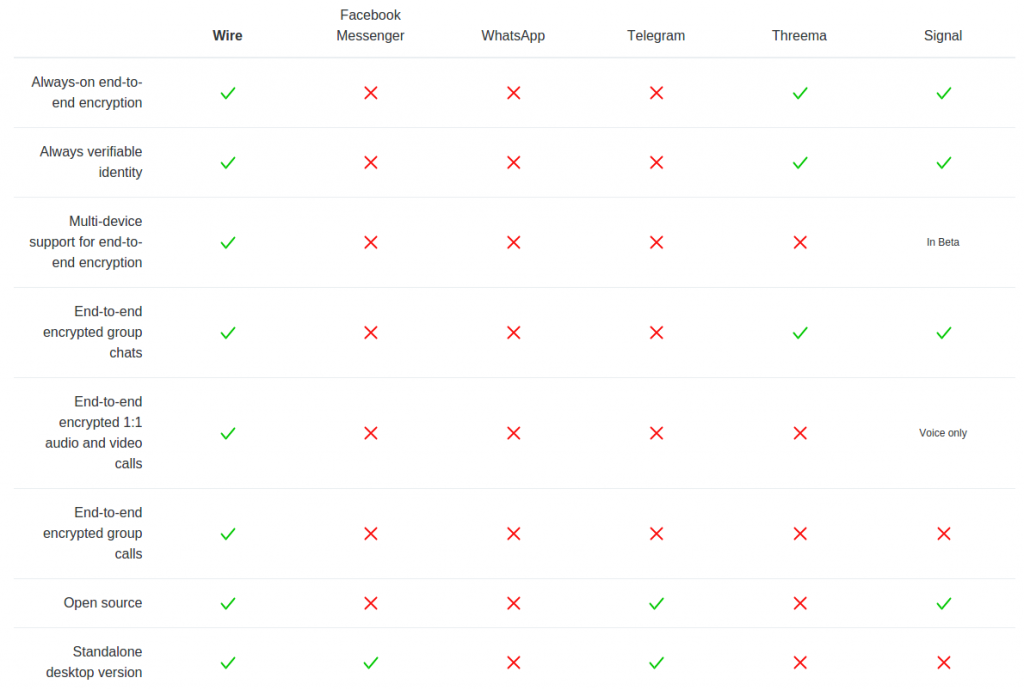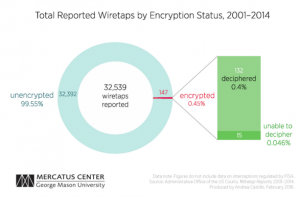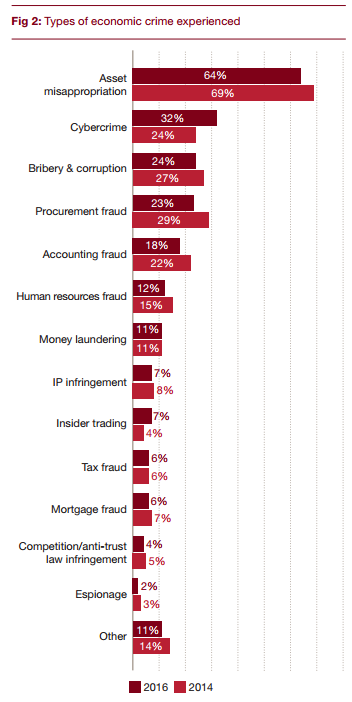From the description:
The continued effort of governments around the globe to censor our seven sovereign seas has not gone unnoticed. This is why we, once again, raise our Anonymous battle flags to expose their corruption and disrupt their surveillance operations. We are proud to present our new chat service residing within the remote island coves of the deep dark web. The OnionIRC network is designed to allow for full anonymity and we welcome any and all to use it as a hub for anonymous operations, general free speech use, or any project or group concerned about privacy and security looking to build a strong community. We also intend to strengthen our ranks and arm the current and coming generations of internet activists with education. Our plan is to provide virtual classrooms where, on a scheduled basis, ‘teachers’ can give lessons on any number of subjects. This includes, but is not limited to: security culture, various hacking/technical tutorials, history lessons, and promoting how to properly utilize encryption and anonymity software. As always, we do not wish for anyone to rely on our signal alone. As such, we will also be generating comprehensible documentation and instructions on how to create your own Tor hidden-service chat network in order to keep the movement decentralized. Hackers, activists, artists and internet citizens, join us in a collective effort to defend the internet and our privacy.
Come aboard or walk the plank.
We are Anonymous,
we’ve been expecting you.Protip: This is not a website, it’s an IRC chat server. You must use an IRC chat client to connect. You cannot connect simply through a browser.
Some popular IRC clients are: irssi, weechat, hexchat, mIRC, & many more https://en.wikipedia.org/wiki/Compari…
Here is an example guide for connecting with Hexchat: https://ghostbin.com/paste/uq7bt/raw
To access our IRC network you must be connecting through the Tor network! https://www.torproject.org/
Either download the Tor browser or install the Tor daemon, then configure your IRC client’s proxy settings to pass through Tor or ‘torify’ your client depending on your setup.
If you are connecting to Tor with the Tor browser, keep in mind that the Tor browser must be open & running for you to pass your IRC client through Tor.
How you configure your client to pass through Tor will vary depending on the client.
Hostname: onionirchubx5363.onionPort: 6667 No SSL, but don’t worry! Tor connections to hidden-services are end-to-end encrypted already! Thank you based hidden-service gods!
In the near future we will be releasing some more extensive client-specific guides and how-to properly setup Tor for transparent proxying (https://trac.torproject.org/projects/…) & best use cases.
This is excellent news!
With more good news promised in the near future (watch the video).
Go dark, go very dark!








